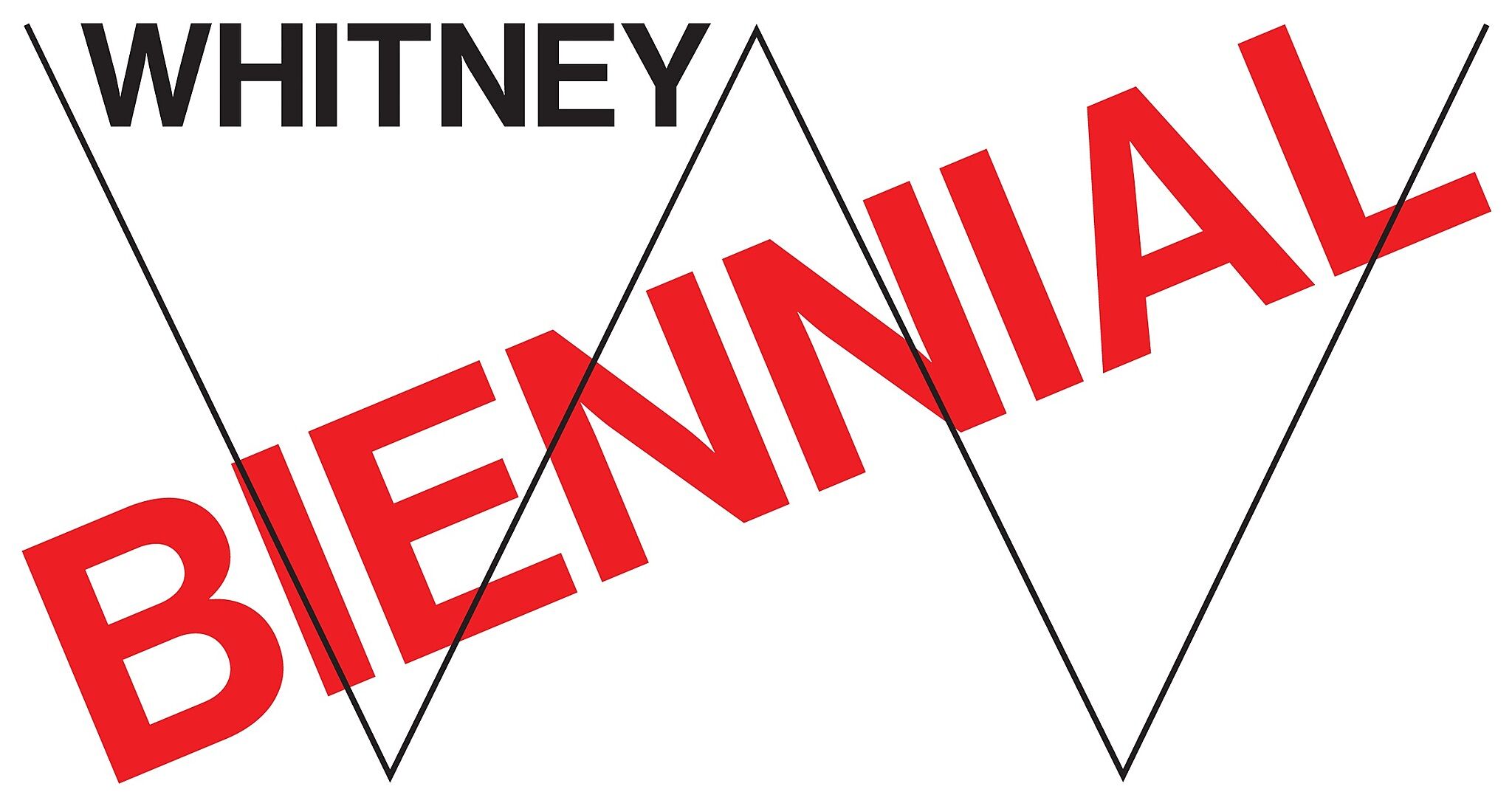Molly Zuckerman-Hartung, Notley, 2013
Mar 6, 2014
0:00
Molly Zuckerman-Hartung, Notley, 2013
0:00
Narrator: Molly Zuckerman-Hartung’s painting Notley is structured around a very large “no.” But the painting isn’t simply an act of refusal. Zuckerman-Hartung’s use of language is complicated by other kinds of imagery. There are references to the body—in the middle of the “O” for example. Molly Zuckerman-Hartung.
Molly Zuckerman-Hartung: I was totally thinking about a rib cage and I was even thinking about a kind of vagina going on at the base of the rib cage [laughs]. I think there's a kind of ridiculousness to the level of references that I'm trying to get out of it, I was thinking about landscape in terms of the sort of perspectival lines.
I hope that people will just sort of have an experience of it. It's 11 by 8 feet, so it quickly stops being language, and you quickly have a much more material or touch-based relationship to it.
The mark making process is a process of spray painting these dots, and then using a Dremel to cross them out with a jagged mark. This simple dichotomy of a zigzaggy line, versus a circle, which is basically what a "no" is composed of. And so reducing what looks like language to gesture, to a very simple binary of gestures—zigzag versus dot, zigzag versus dot—and the roundness versus angularity, these are really simple dichotomies within abstraction that I have been engaging with for many years. In terms of whether you're painting a triangle, or you're painting a curvy line, and how they feel. Maybe one acts more cerebral, one is more bodily.
Narrator: The painting is named after Alice Notley, a poet whose book Disobedience questions poetic traditions that have long been associated with masculinity. Zuckerman-Hartung’s painting Notley is, in some ways, also an act of disobedience against the tradition of abstract painting.

